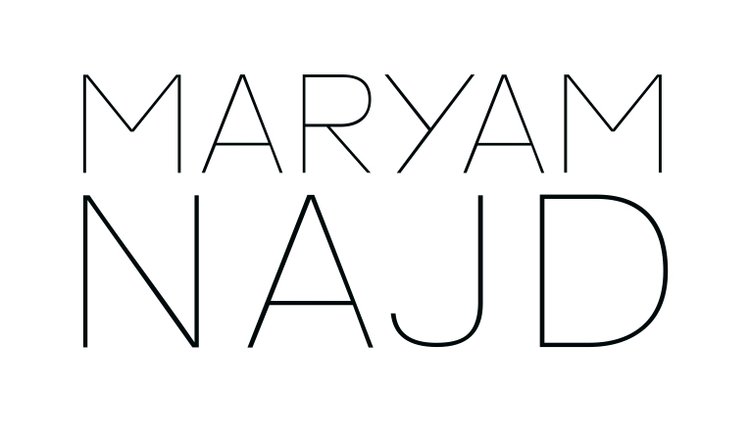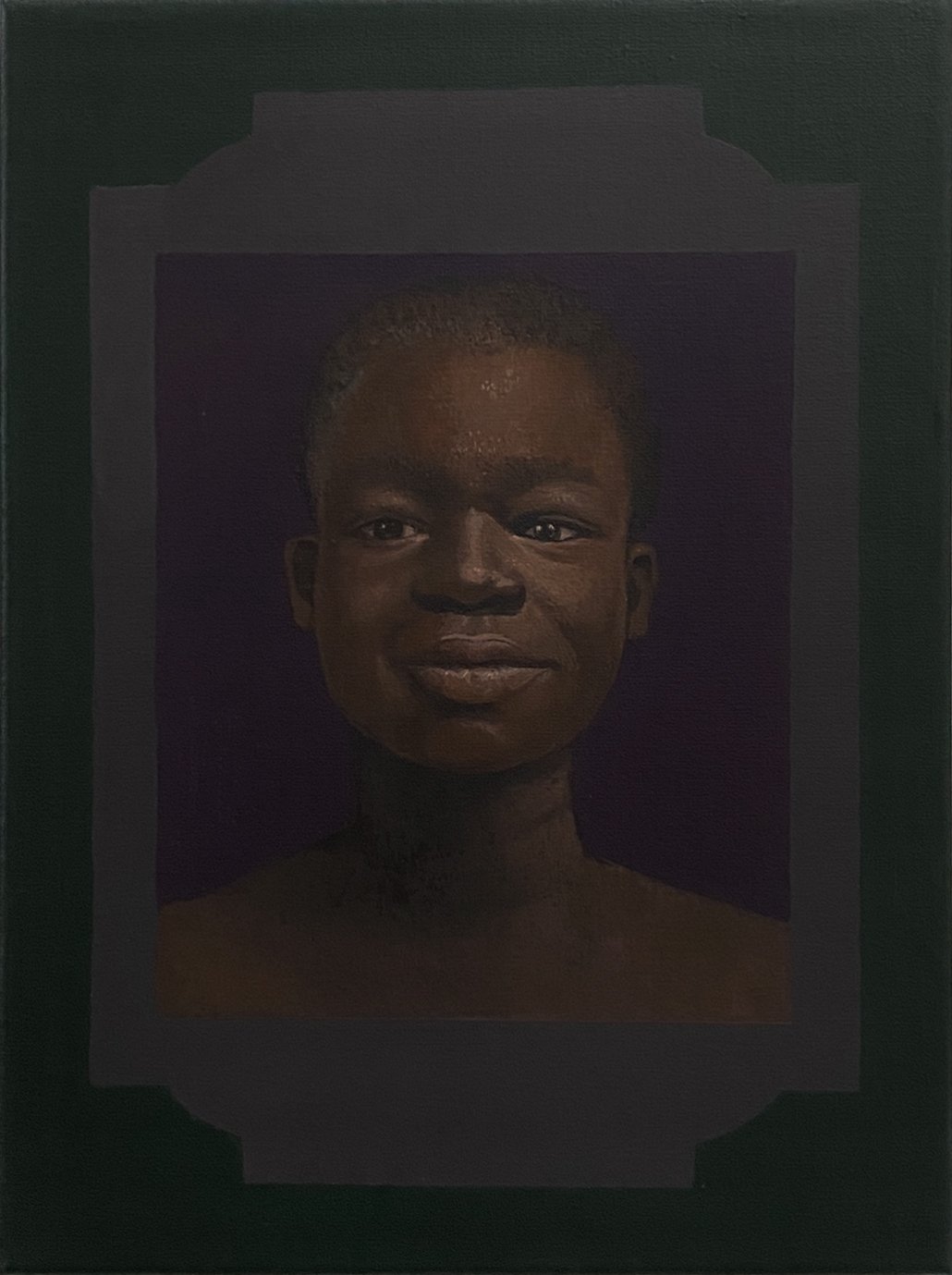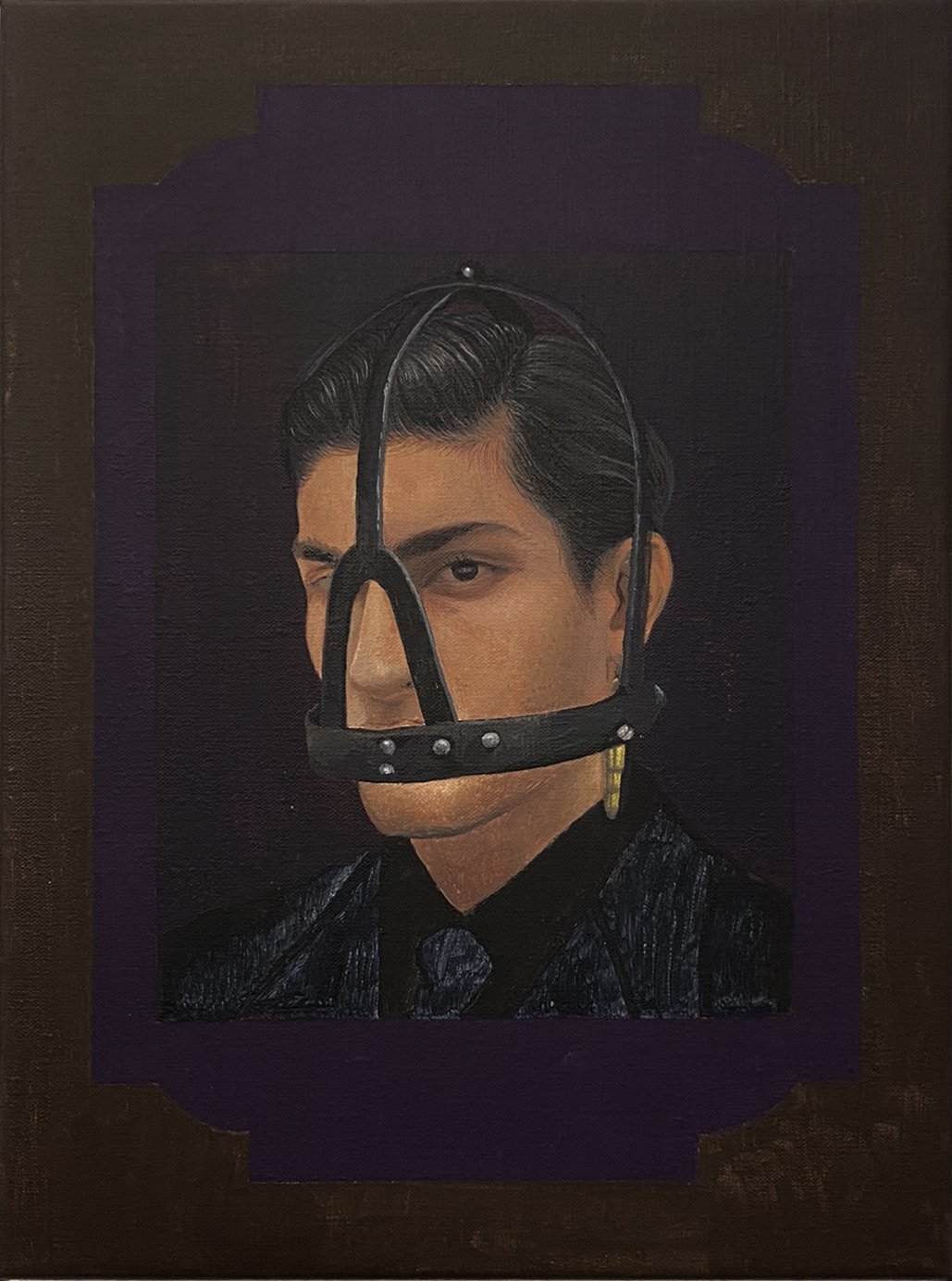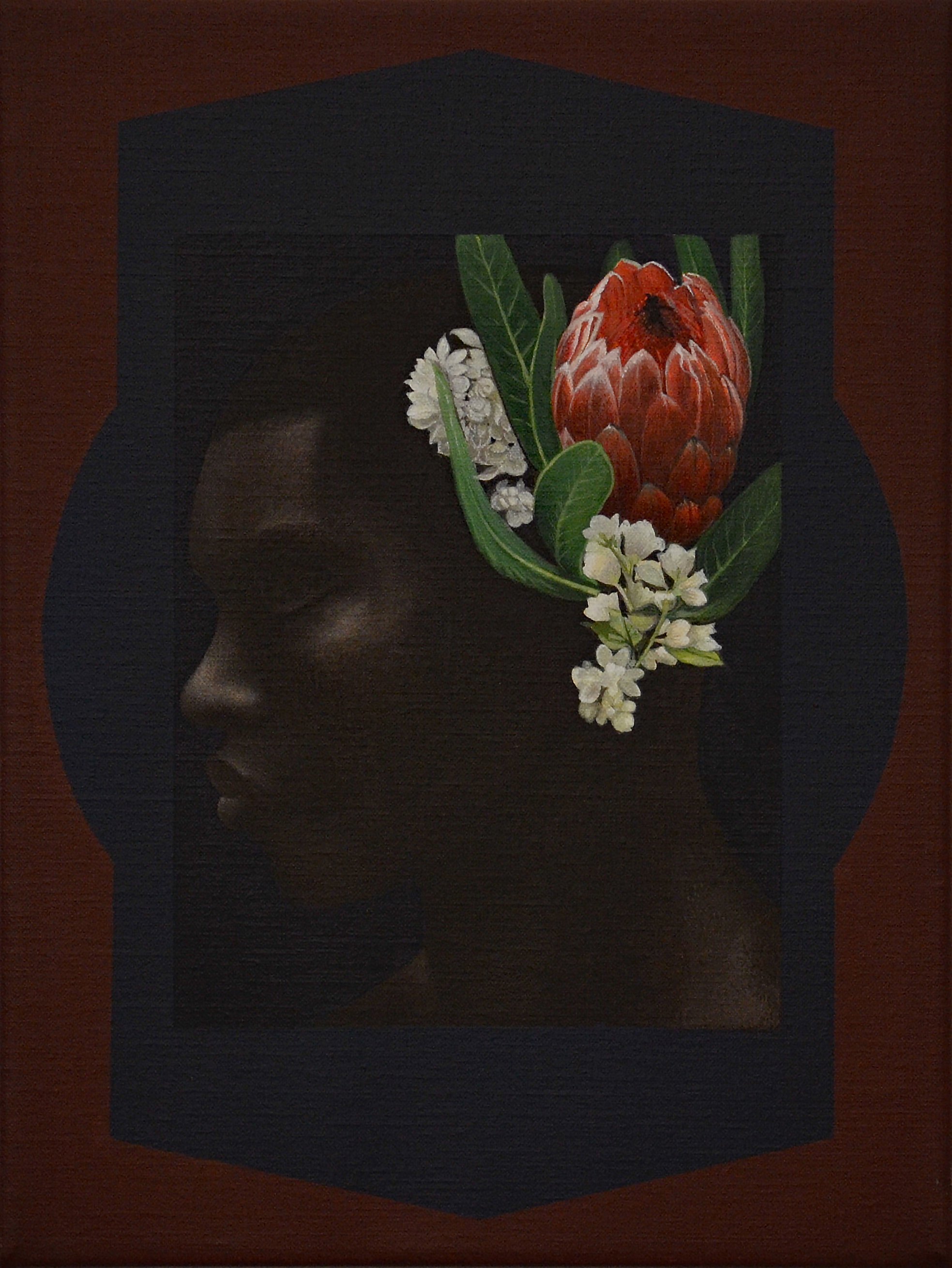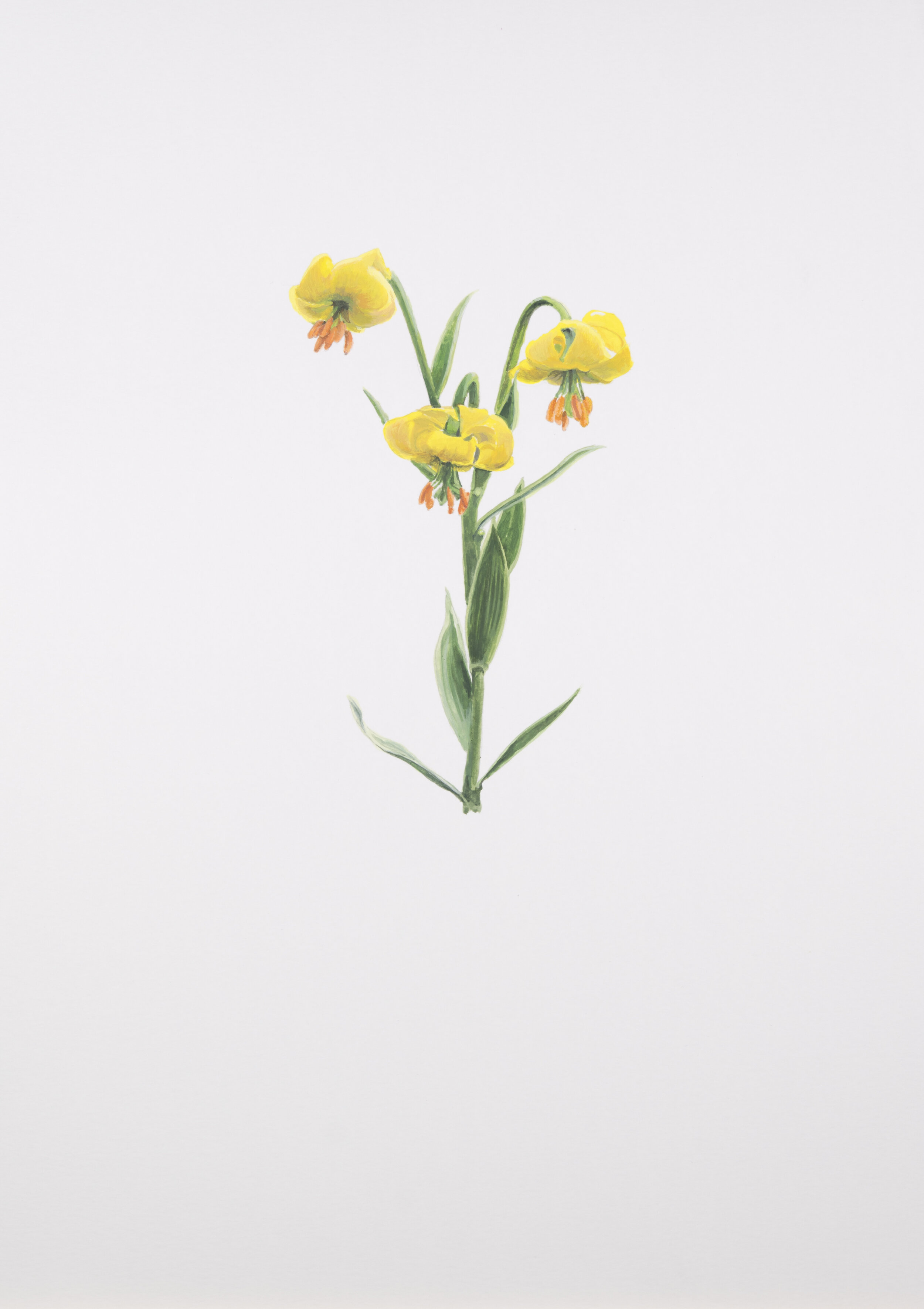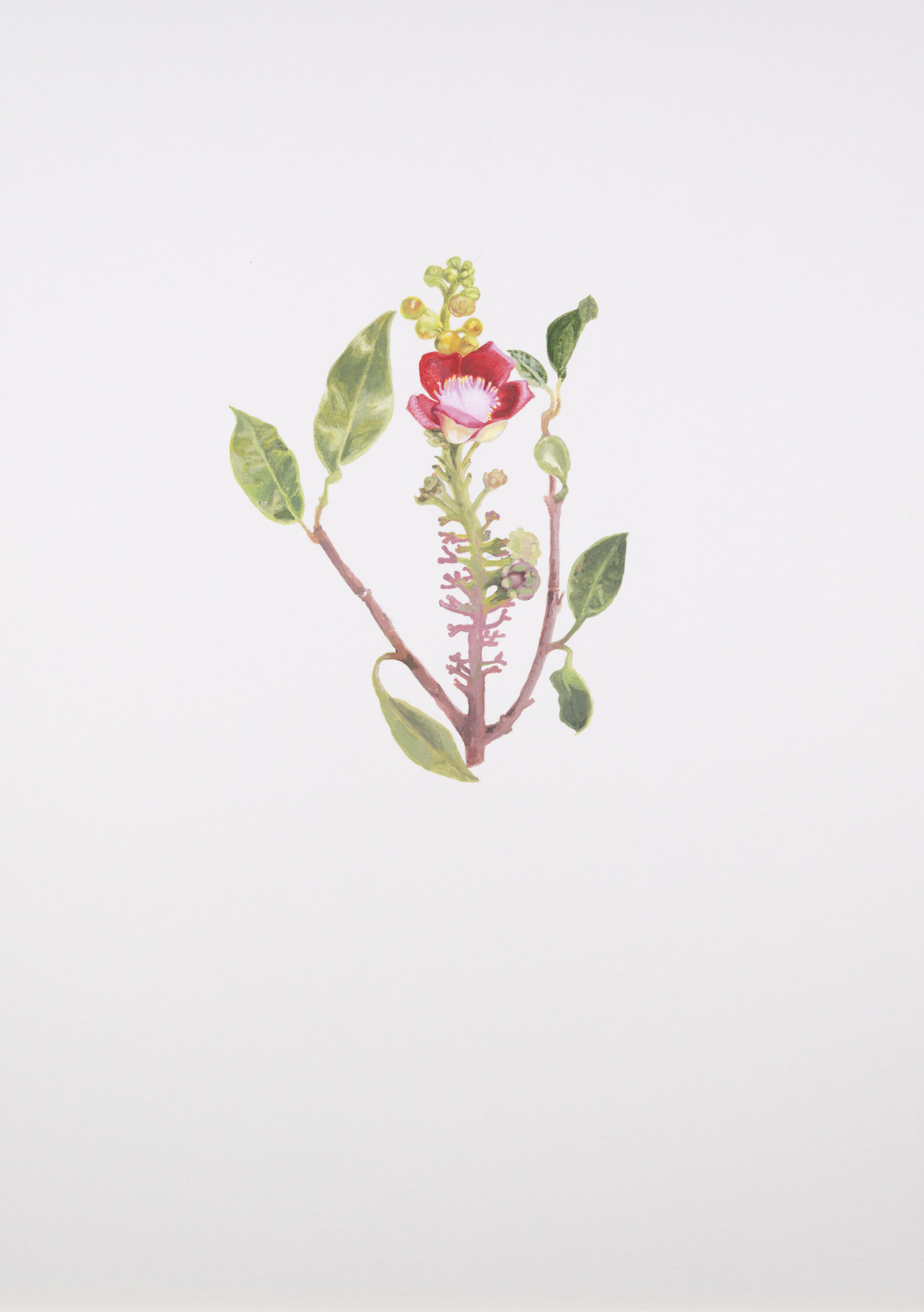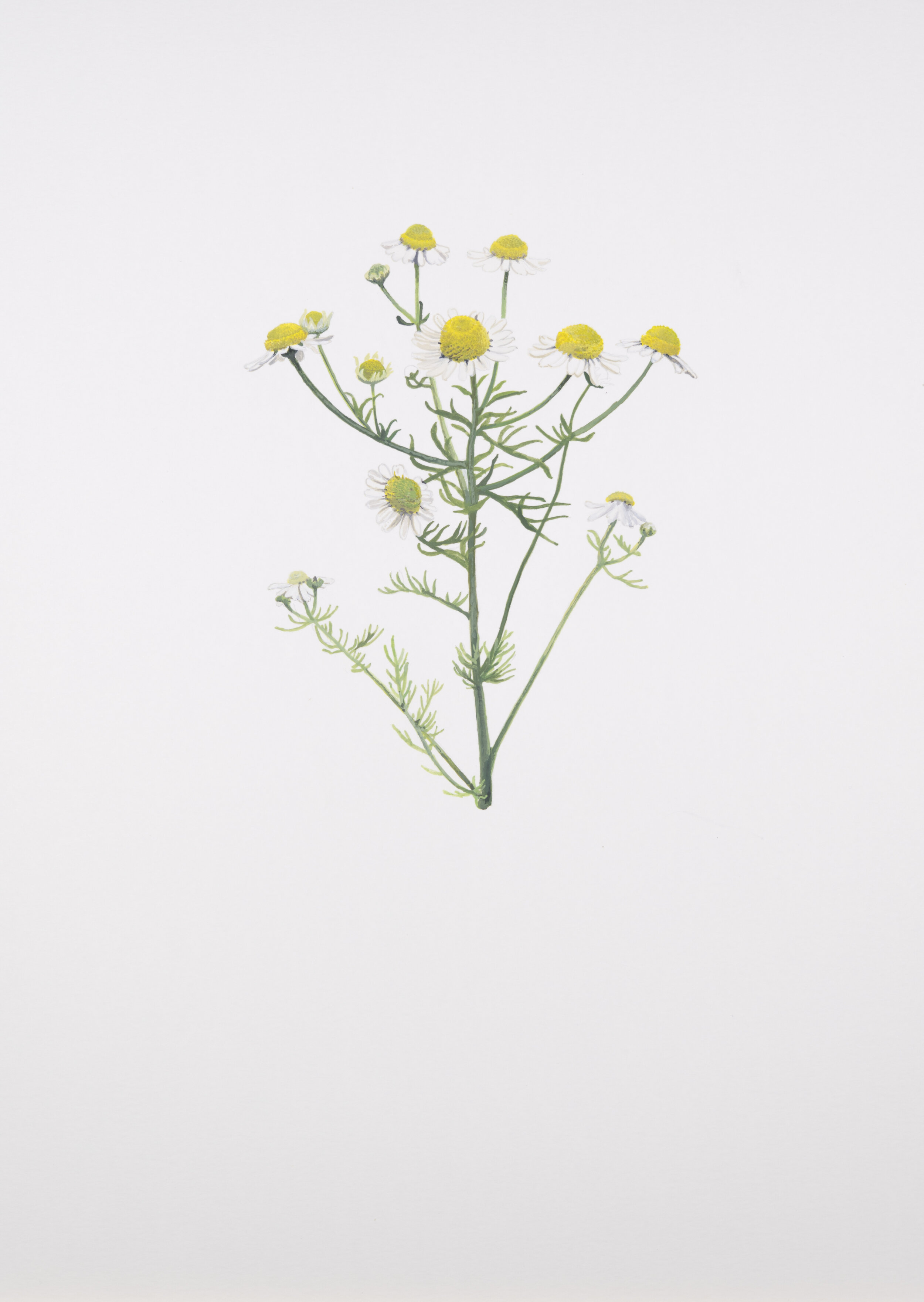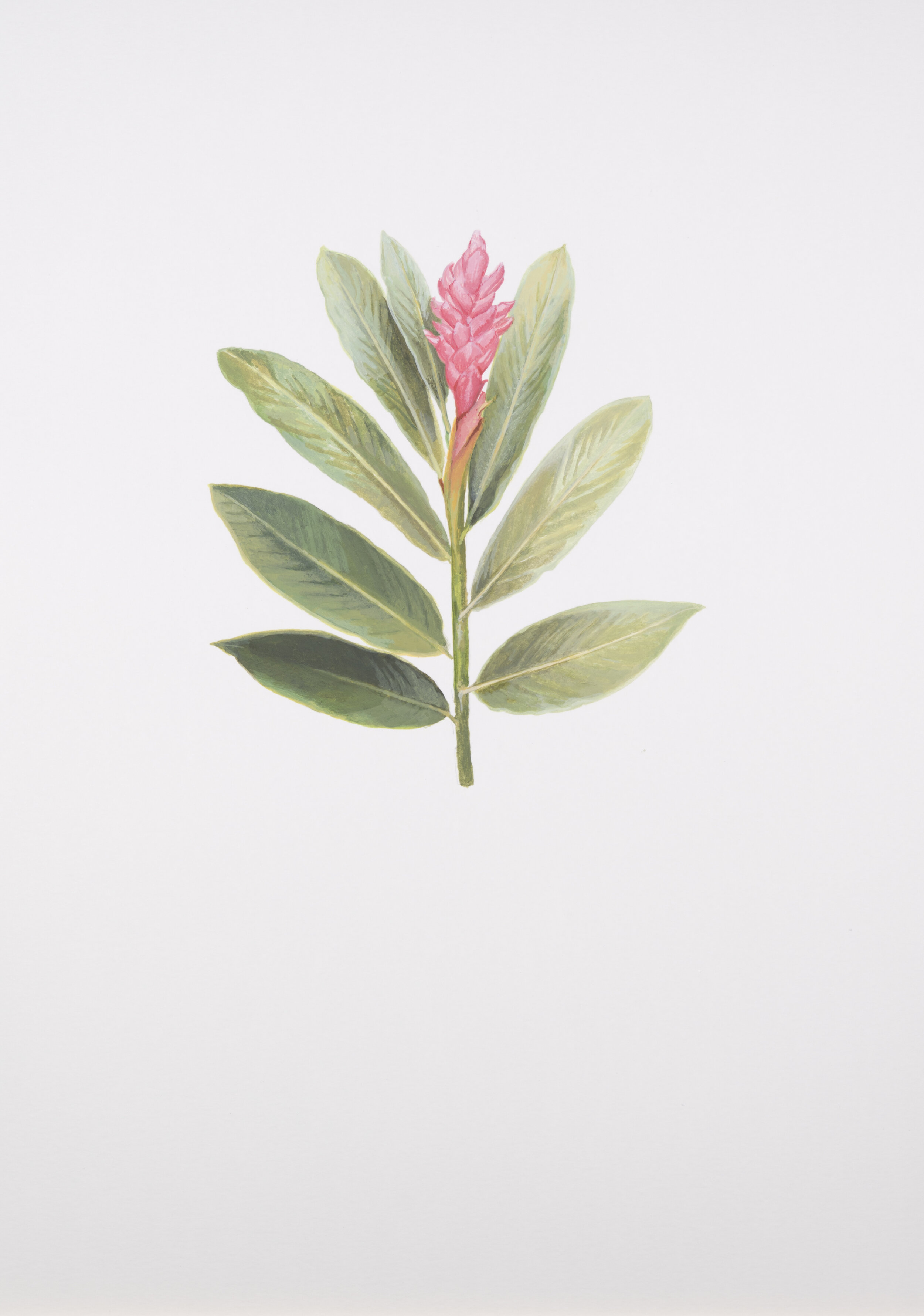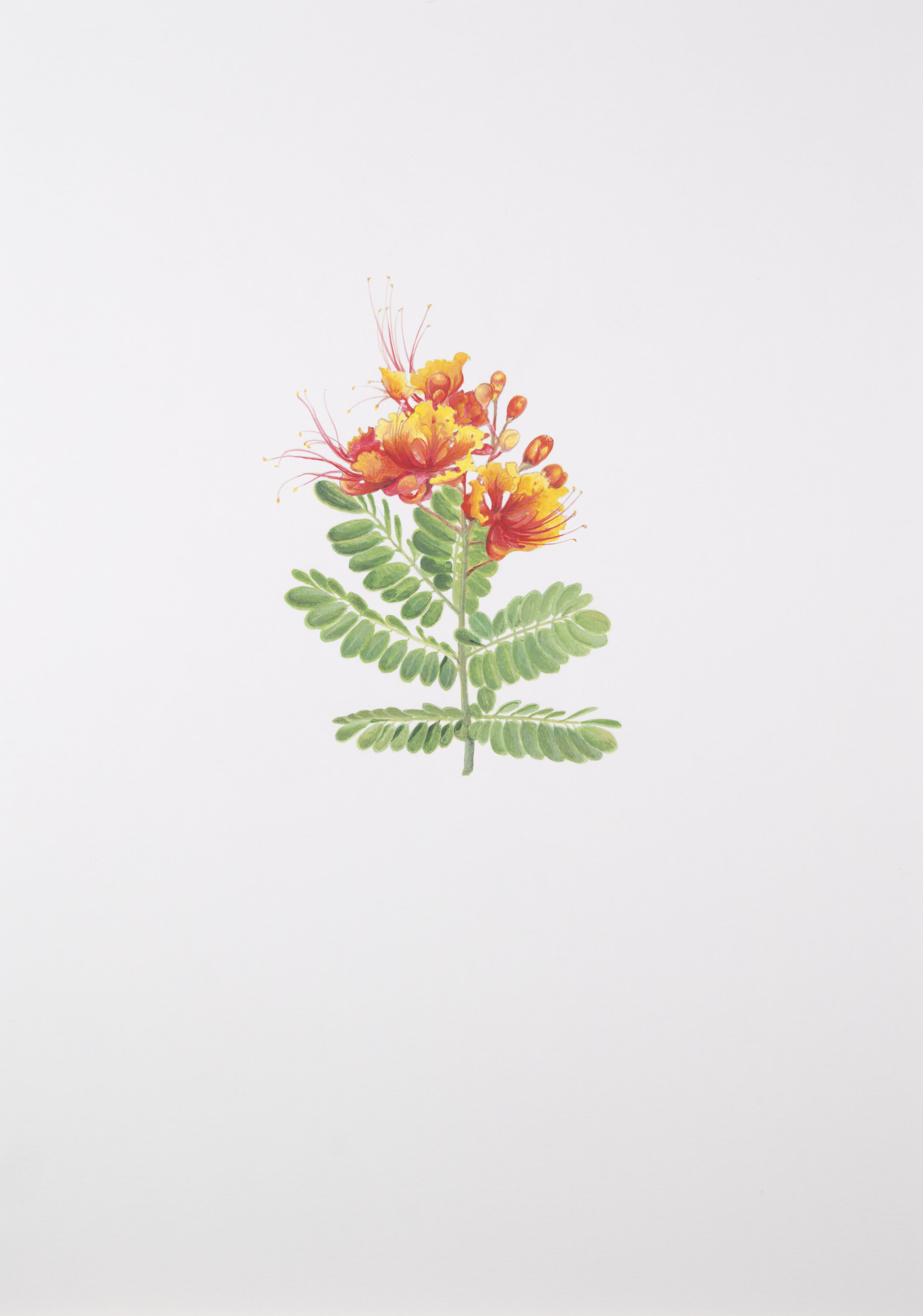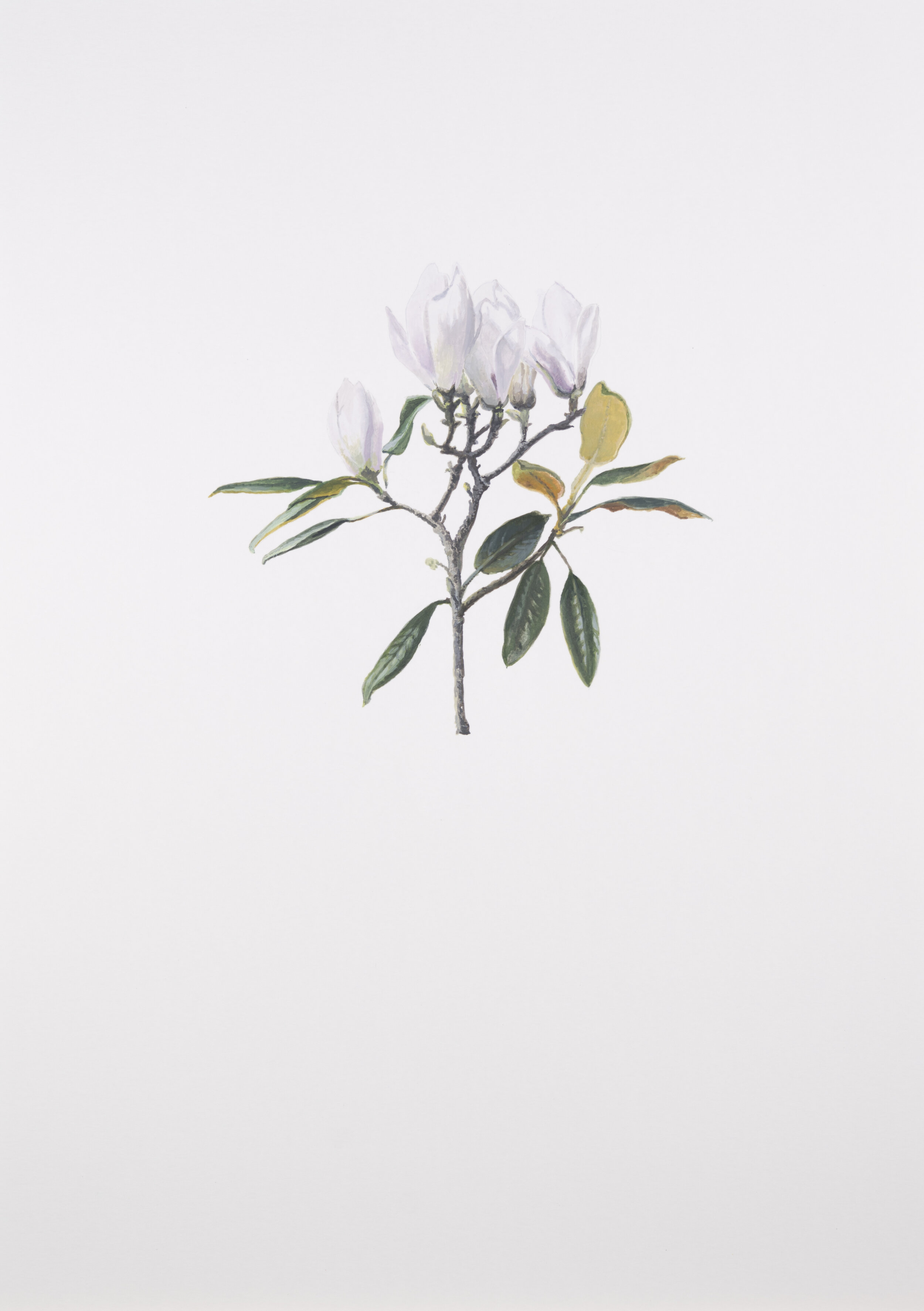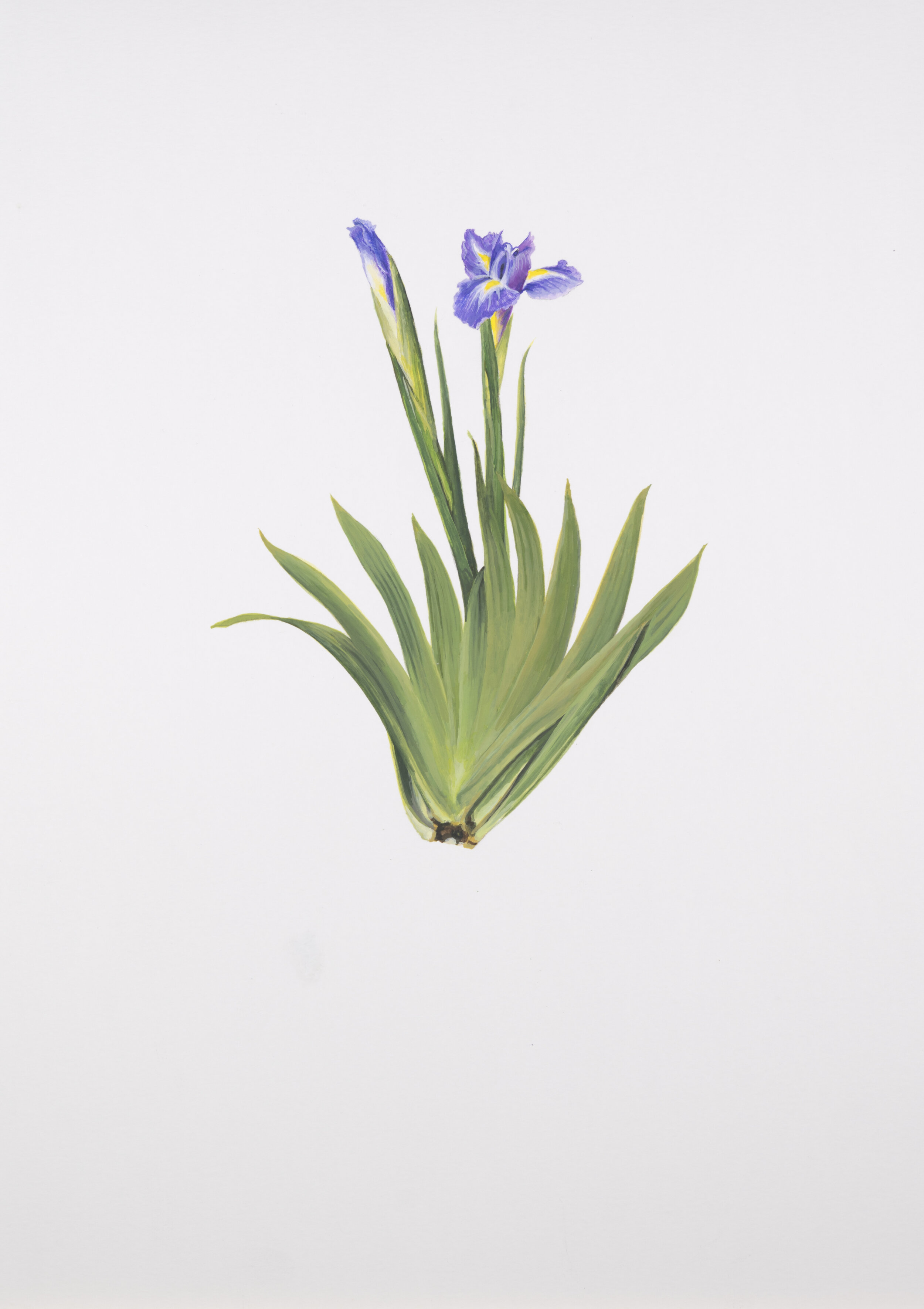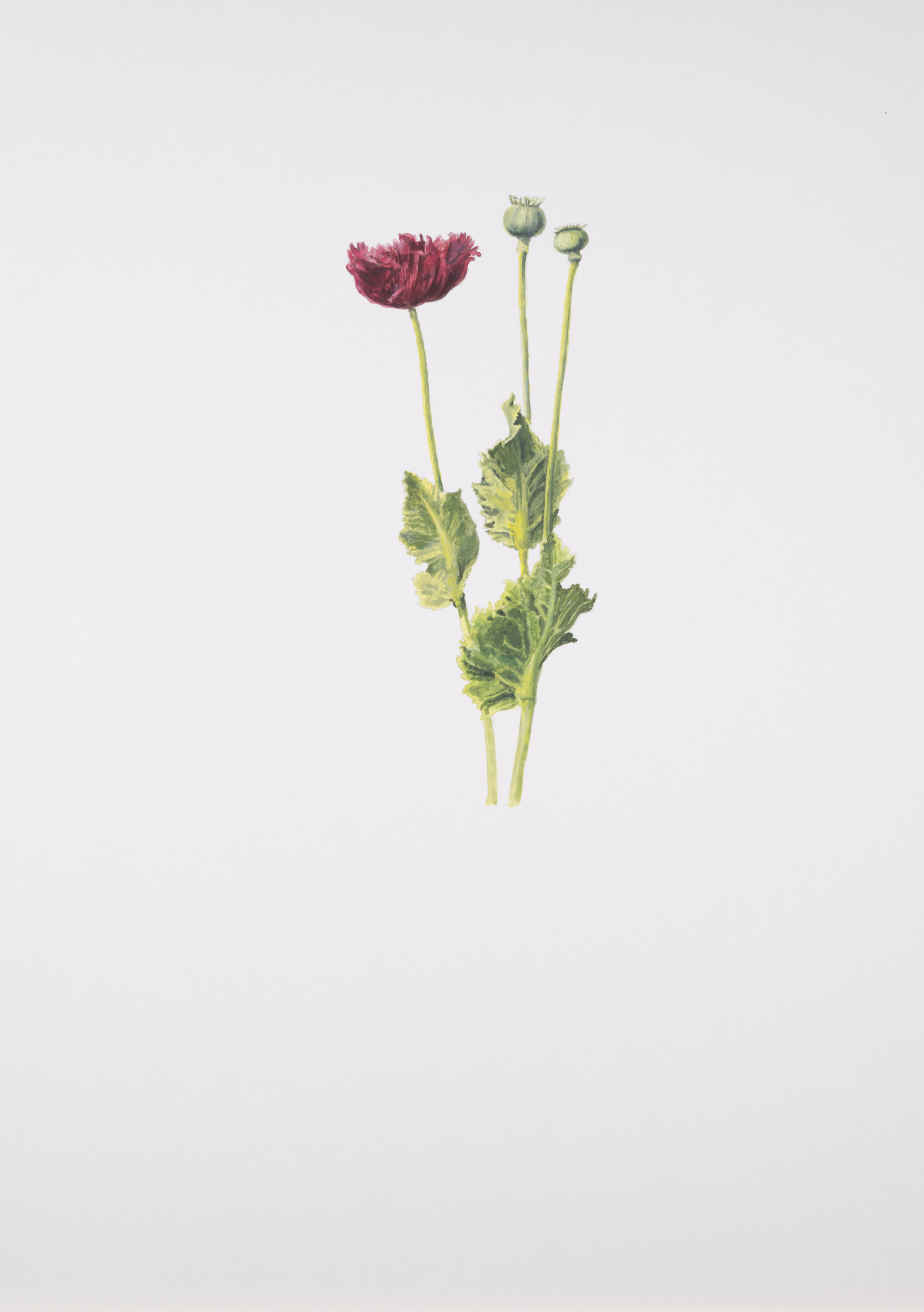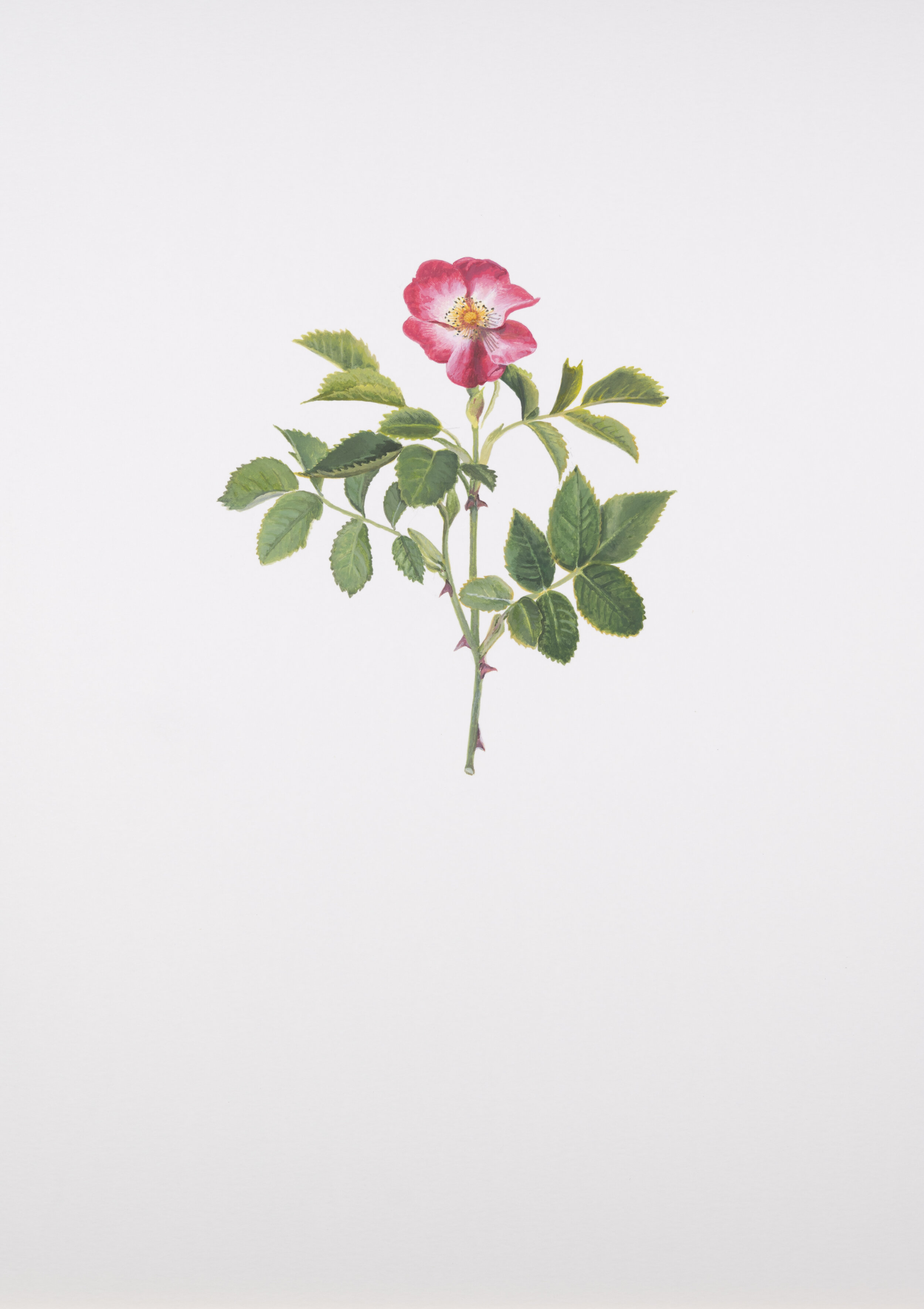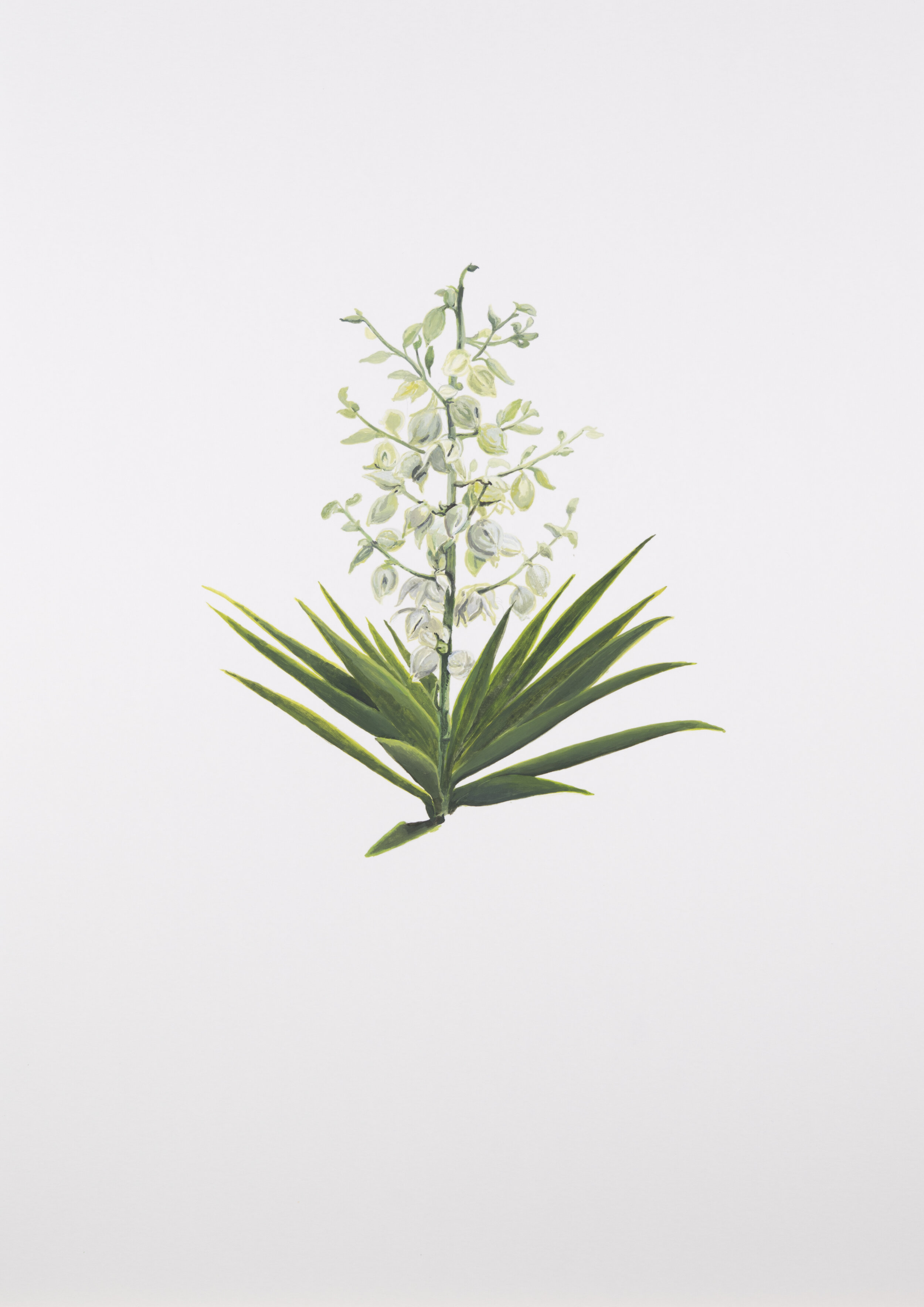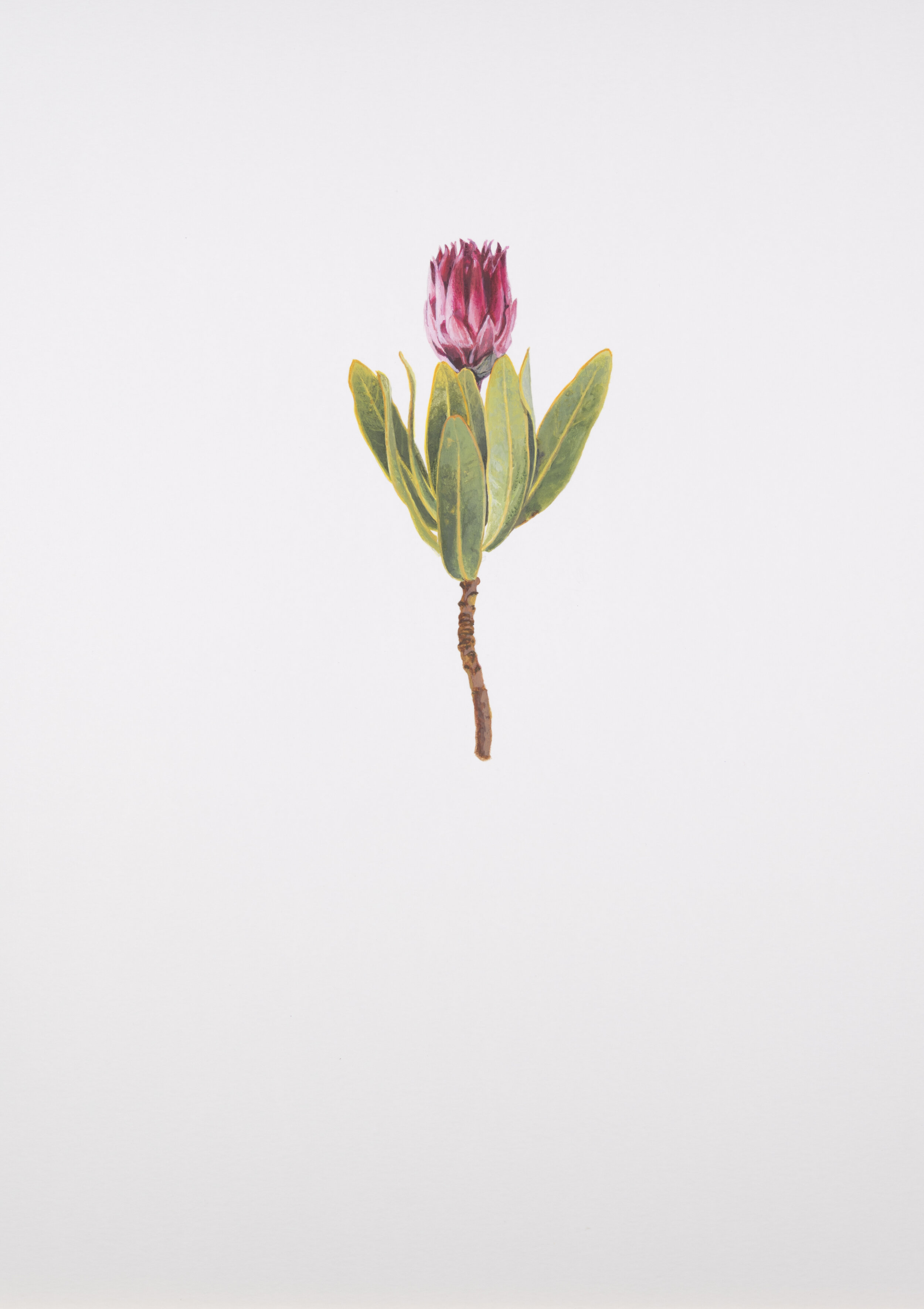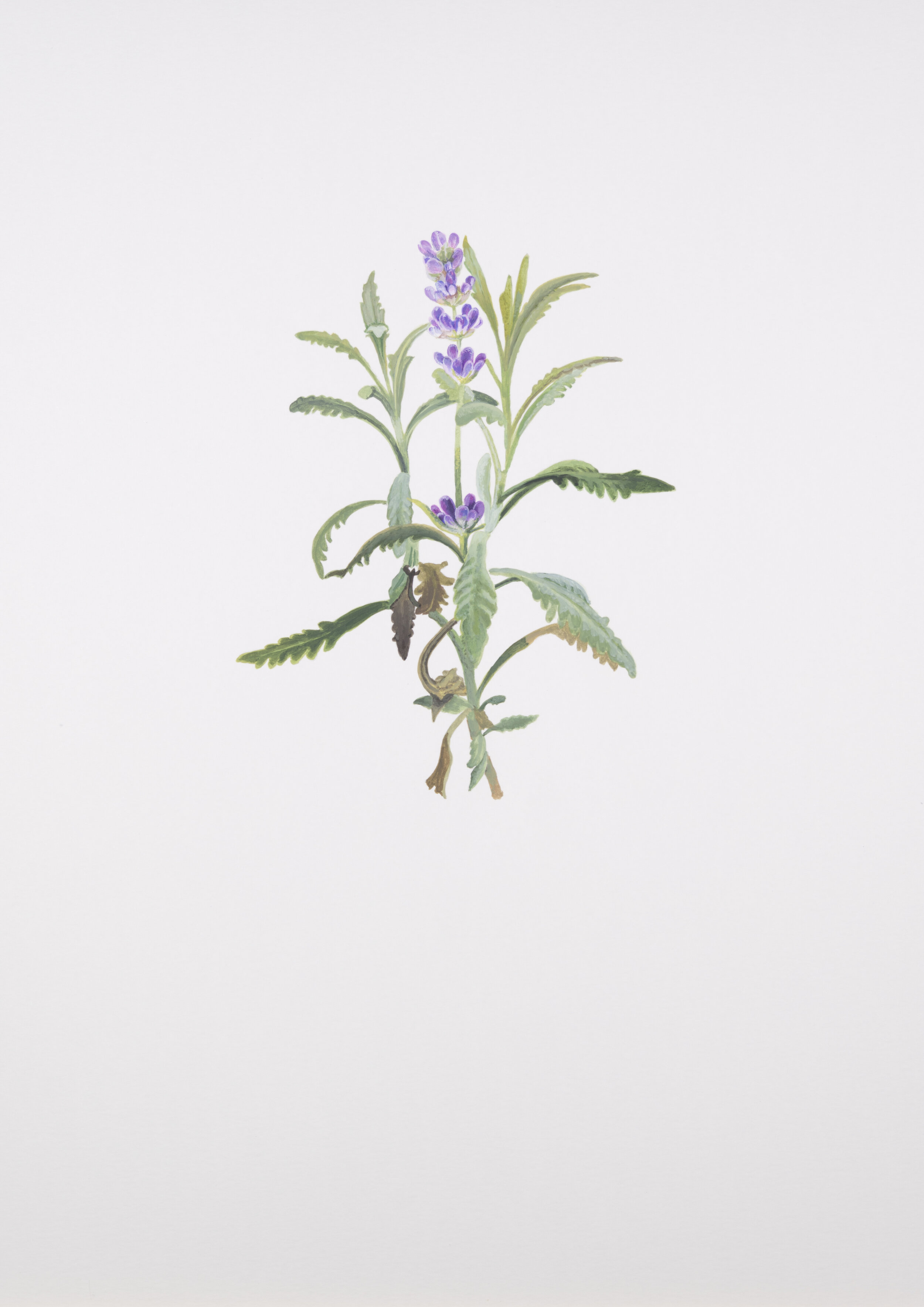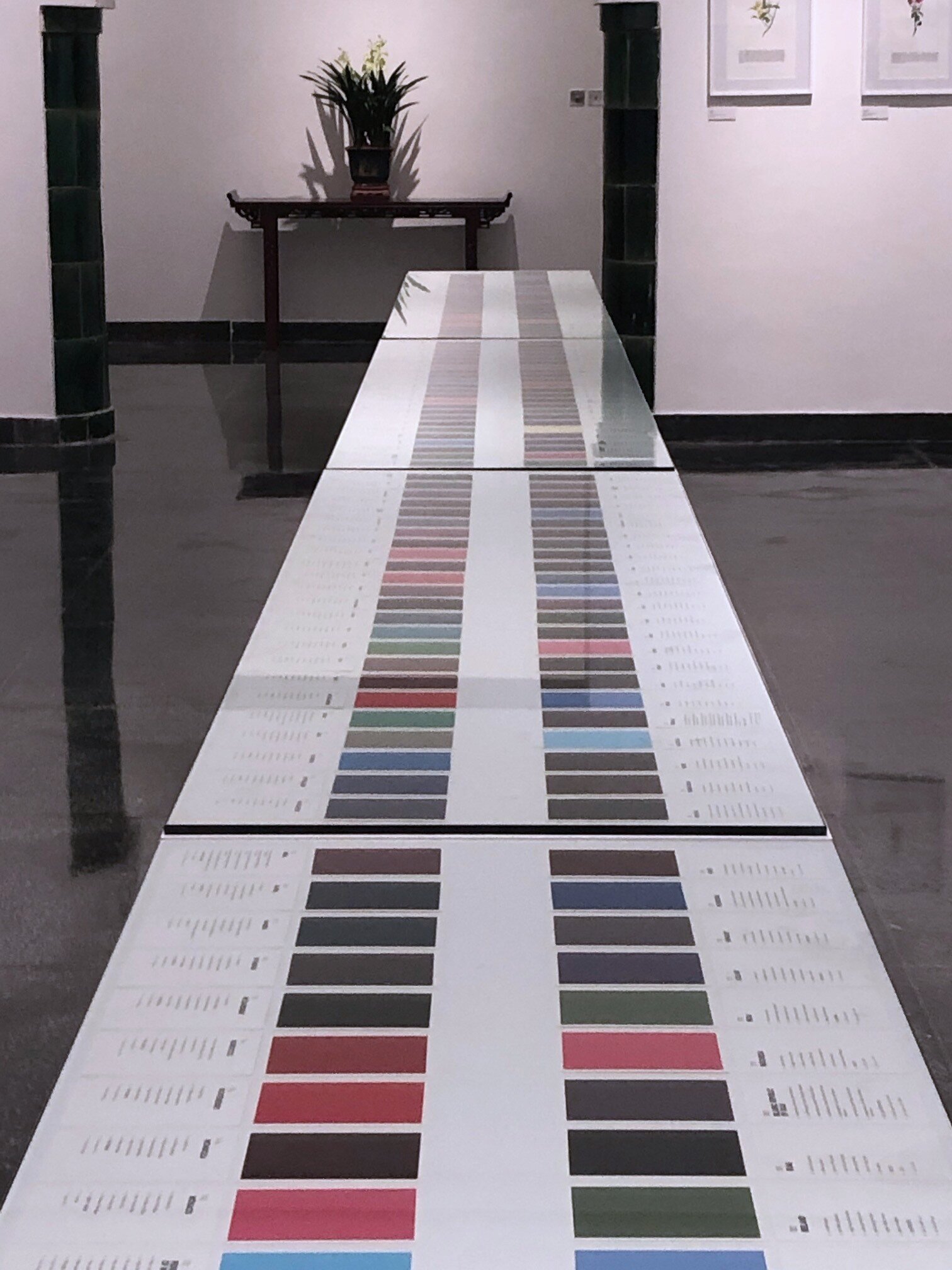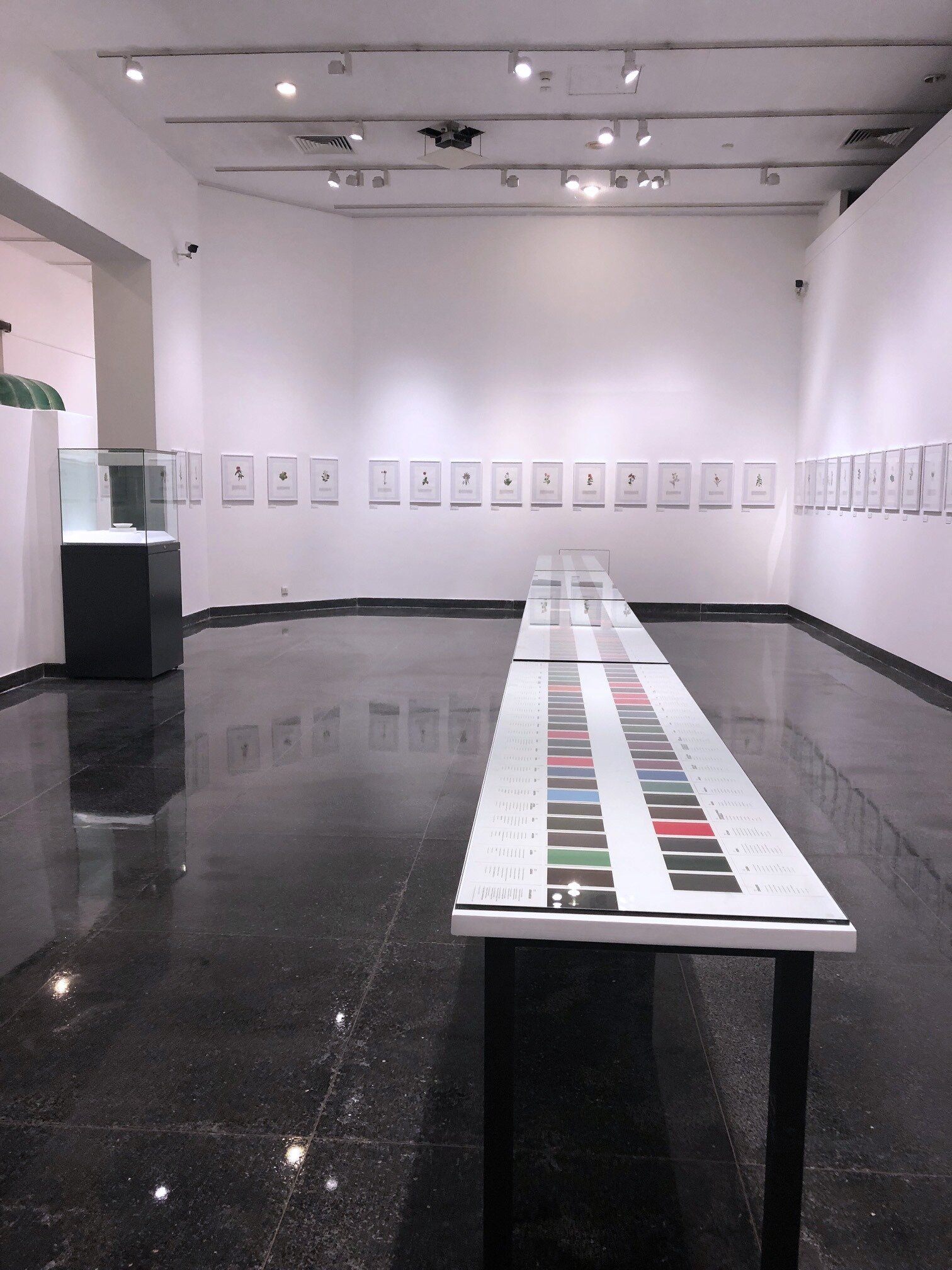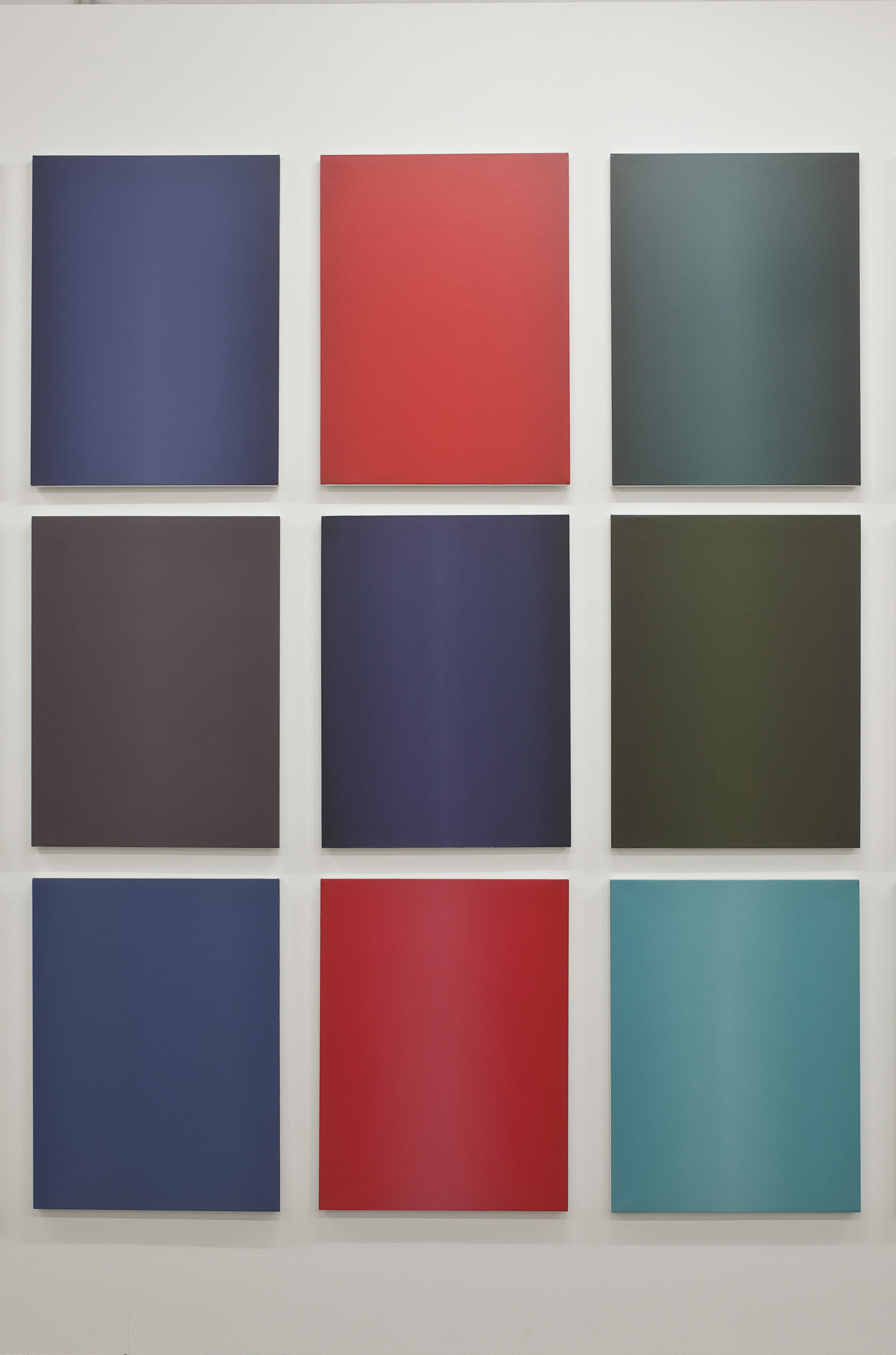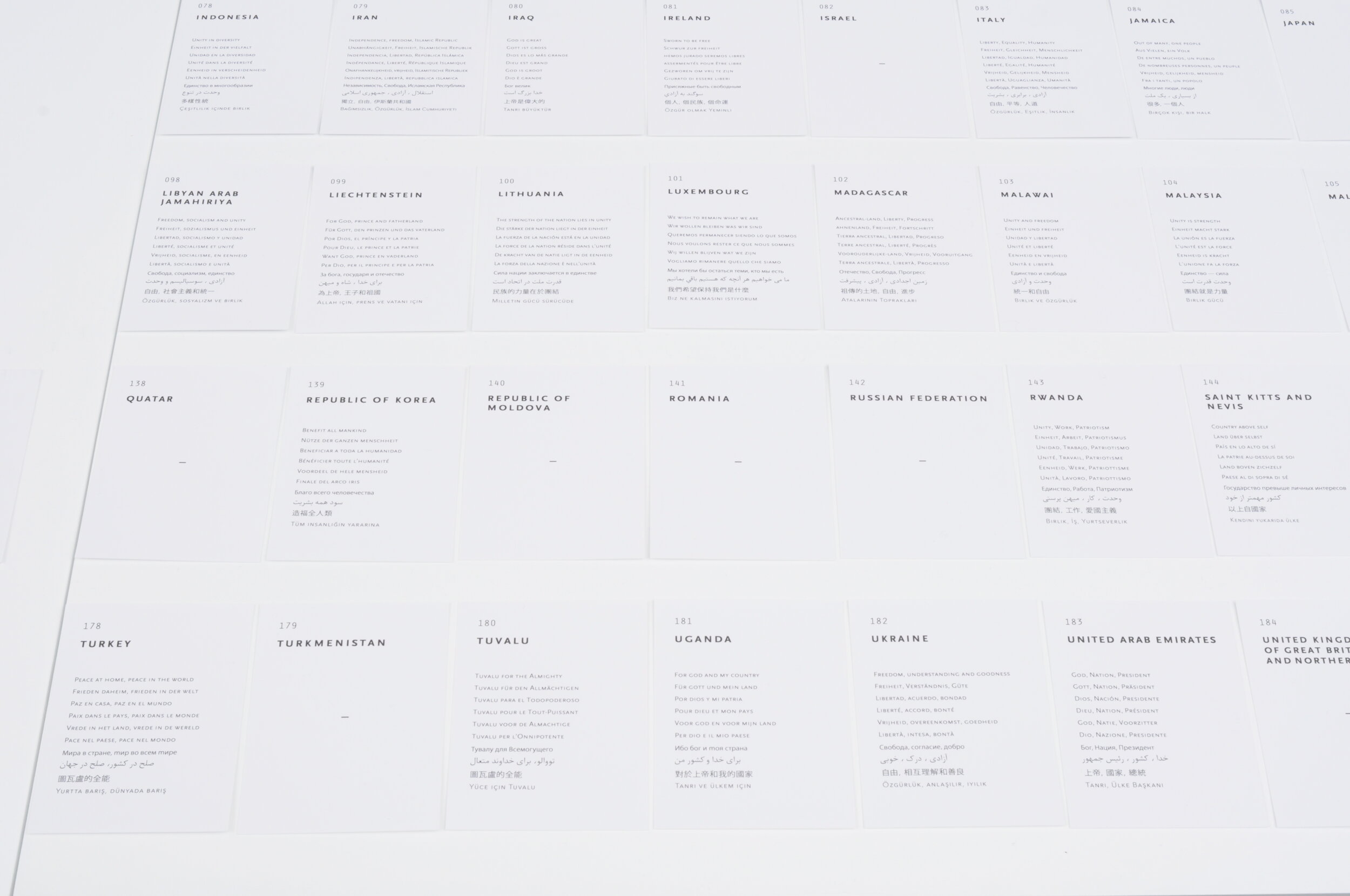2022- 2024
THE COLOUR-BLIND SOCIETY (Work in progress)
Colour-Blind society project, The Butterfly woman 2023-2024, 40x30 cm- Acrylic on canvas
Colour-Blind society project, Woman with the Black Dress 2023- 2024, 220x150 cm, Acrylic and oil on canvas, on view at Sint Maartenskerk- Kortrijk
NATION-WIDE PROTEST SERIES 2023
2020
Grand Bouquet II from the Botanical National Amalgamation Project
Najd’s recent project Botanical National Amalgamation Project, considers the aesthetics of officialdom for nation states globally. In particular, the project looks at the phenomenon of national flowers – when a nation state selects a botanical species as a symbol or nationality and pride. Typically, the flower is one that is known from nature in the locality. But like much of the nature we experience, many species have migrated or been introduced from elsewhere. Yet the flower, becomes an emblem considered as being rooted to a place, and also a mark of its inner beauty. Grand Bouquet II (2020) takes its inspiration from historical Flemish master Jan Bruegel the Elder, specifically referencing his painting Flowers in a Wooden Vessel (1606 – 1607) depicting a large bouquet of flowers. Najd used Photoshop to incorporate every current national flower into Breugel’s image, of which there are one hundred and twenty-eight in total (not quite every nation has an official flower). The flowers are painted in a photorealist style, which is an approach the artist has developed in her practice over several years. Each individual flower is meticulously rendered in bloom, capturing their natural beauty. Rather than seen in isolation, they form a distinct unity, together perhaps even forming more than the sum of their parts. This unity can be seen as a meditation on a sense of co-dependency of cultures and nations, not just historically, but also under the conditions of globalisation.
2019
Botanic: National Amalgamation Project
Najd’s recent project ‘Botanic’ National Amalgamation Project, considers such aesthetics of officialdom for nation states globally. In particular, the project looks at the phenomenon of national flowers – when a nation state selects a botanical species as a symbol or nationality and pride. Typically, the flower is one that is known from nature in the locality. But like much of the nature we experience, many species have migrated or been introduced from elsewhere. Yet the flower, becomes an emblem considered as being rooted to a place, and also a mark of its inner beauty (…)
Botanic National Amalgamation Project consists of three particular components that work together. To set them out into their constituent parts, we could say that the first is a monumental painting, the second is a set of approximately ninety paintings, and the third is a set of interactive cards. The first in the ensemble, the monumental painting, titled Grand Bouquet (2011-2012), takes its inspiration from historical Flemish master Jan Bruegel the Elder (...) The second ensemble of Botanical National Amalgamation Project is a series of individual portraits of a selection of national flowers, with each painting named after the name of the country and the name of the national flower (...) The third work in the ensemble takes a very different form. It is a set of cards that invite our interaction. Each card is double-sided, and there is also once one for every nation. On one side is the national colour of a nation, and on its other side is the national motto of the same nation translated into ten of the most globally-used languages (…)
The term ‘monoculture’ is not just used in the sociological arena, but is also interestingly used in techniques of farming. It is worth noting that the modernistic monoculture approach to nature, particularly of plants and crops in agricultural farming when a single crop is farmed exclusively – leads to greater increase in diseases and build-up of pests. This sits in contrast to the more resistant and self-sufficient qualities that come with bio-diversity and so-called ‘polyculture’. What we can learn from Maryam Najd’s Botanical National Amalgamation Project is that the natural world can be appropriated as a potent symbol for society, in order to argue of the negative effects of monoculture. Isolating plants, including if we talk of flowers, though can leave us with something unambiguous, can ultimately lead to fragility and sickness. For civil society, such resistance to diversity is no different. This brings us back to Najd’s monumental painting, which we can see as creating a representation of polyculture or bio-diversity. Diversity and coexistence is necessary for cultures to thrive, and we must know that hegemonic modernistic structures work against this. There are exponentially more flowers than nations. We must fulfil our obligation in protecting the diversity of nature, and we must also seek once more the autonomy, plurality and connectivity of cultures.
Nav Haq, Senior Curator at M HKA – Museum of Contemporary Art Antwerp
BOTANIC-National Amalgamation project 2019- Installation view at Arthur M. Sackler museum of Art and Archeology Beijing- China
